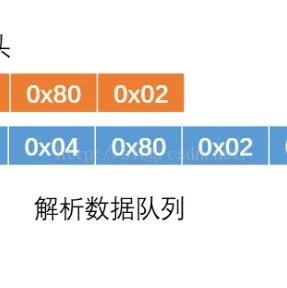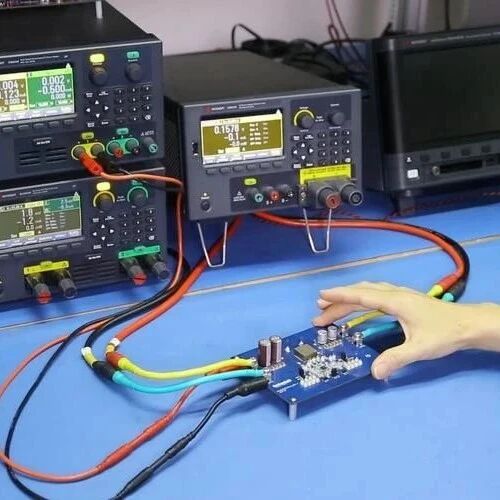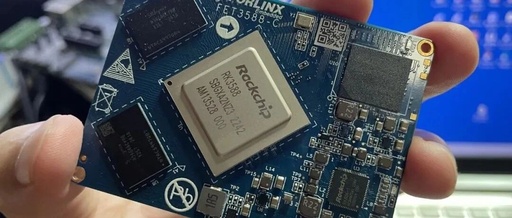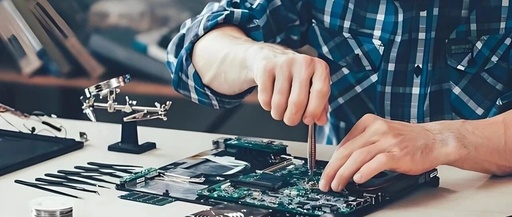An Introduction to Embedded System Programming with Python
An Introduction to Embedded System Programming with Python Introduction With the rapid development of the Internet of Things (IoT) and smart devices, embedded system programming has become increasingly important. Python, as an easy-to-learn and user-friendly programming language, is gradually gaining widespread application in embedded development. This article will guide you through an initial exploration of … Read more









